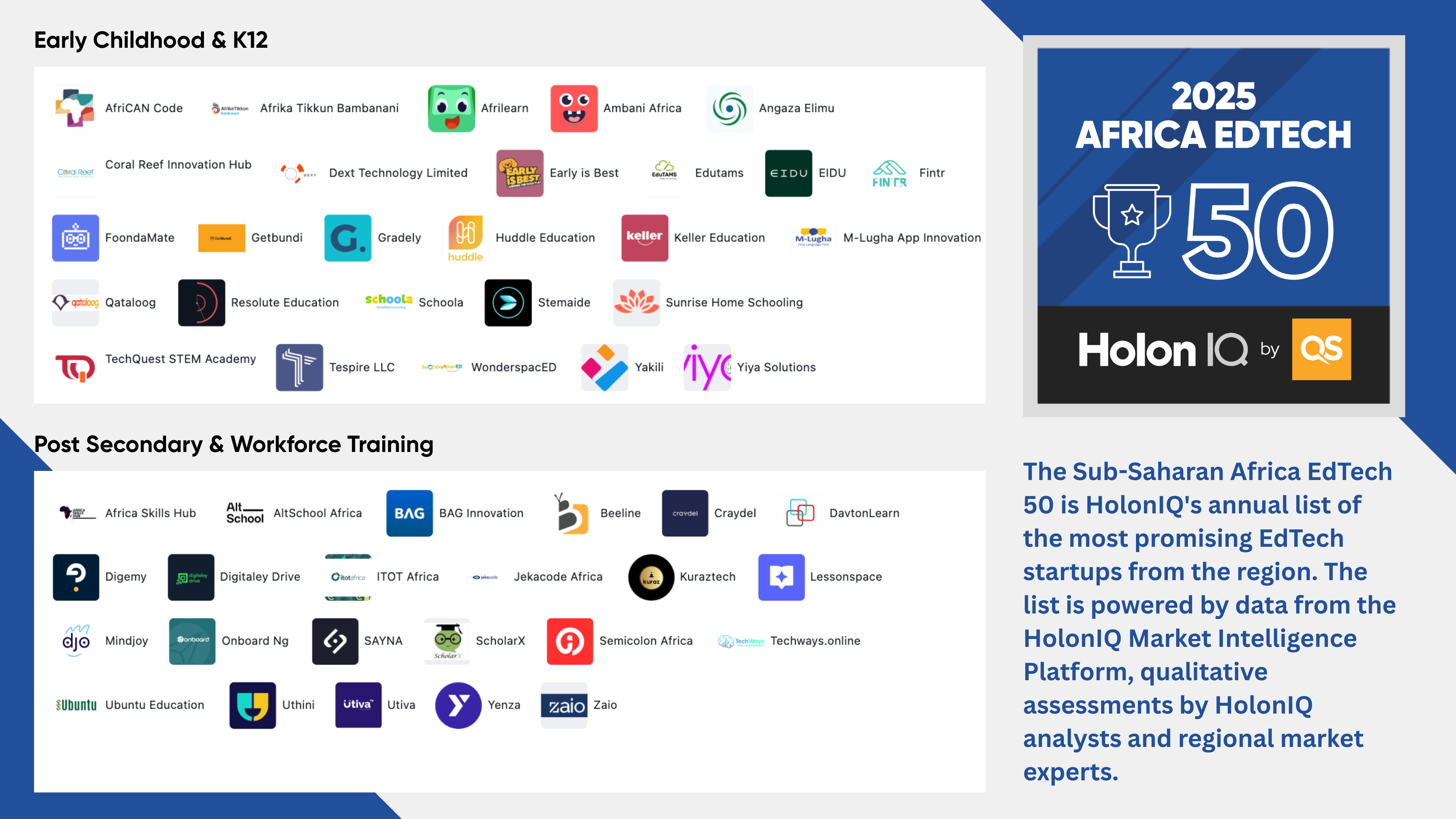The global economy is slowing down, heading for a downturn in 2023 and modest bounce back in 2024. The residual impacts of pandemic-induced stimulus meets inflation, supply chain shocks and the energy crisis brought on by the Russia-Ukraine war are proving to be challenging setbacks to shake off.
HolonIQ's March 2023 Global Executive Brief outlines our latest expectations for the global economy and more specifically the G20, for our customers at the world's largest and leading governments, institutions, firms and investors. This month we reflect on the first two months of data for 2023 shaping expectations and look over the horizon at the mega trends shaping the bookends of our short term and long term outlook. Request a Demo for more information on how HolonIQ can help power decisions that matter at your organization.
Inflation is receding but not fast enough. Central Banks’ balancing act between containing inflation and dodging a recession will be a key theme in 2023, at least in the first half of the year. In most countries inflation has peaked and is on the decline but the numbers remain far from the central bank targets. The euro area has been hit particularly hard by the energy crisis-induced inflation. Germany is yet to see inflation peak while France, albeit experiencing lower price increases than most countries in the region, is seeing inflation plateau around the 6% levels. While inflation in the UK and Italy is on the decline, it hasn’t yet fallen far from the double digit levels it was at.
Apart from the European countries, Australia’s inflation hasn't started declining yet, and has kept its central bank on its toes. On the extreme end of the spectrum, Argentina is battling sky-rocketing inflation levels, which are now close to 100%, partly as a result of long-standing structural issues in the economy.

It's not all bad news. But it's not all doom and gloom; prospects for the global economy are looking up compared to what they did a few months ago. The energy crisis is easing and weather was milder than anticipated which resulted in upward revisions made to growth forecasts for most countries. Inflation is likely to retreat faster in the second half of the year which will set the stage for loosening of monetary policy towards year end and the easing up of financial conditions for households.
Domestic demand conditions will be a key factor driving growth. Monetary policy will take center stage in the first half of the year. Russia, UK forecasted to be in recession while China, India and Indonesia expected to lead growth. With overall global demand dampened, this means that countries will have to rely on their domestic market much more than usual to bolster economic growth in 2023, as exports and capital flows languish. Commodities exporters including Saudi Arabia and Indonesia who gained from high commodity prices last year, are not likely to have the benefit of rising oil prices to fall back on in 2023. However, the strength of their local economies, especially after last year's strong growth, is likely to see them through this year and give them the ability to weather the external headwinds.
For countries with weaker domestic demand conditions such as the US and Australia, Central Bank policy will become a key focus in determining whether the economies will tip into recession. For some nations which are already facing tough domestic conditions, like Russia due to sanctions and the UK which is facing Brexit-related issues, a recession looks more likely this year.
India, China and Indonesia will lead GDP growth
Alongside Indonesia, China and India stand out among the G20 countries, with strong growth of 5-6% forecasted for this year. With its Covid restrictions lifted, China is the only country in the G20 projected to record better growth than that of 2022. India’s robust domestic economy is likely to provide a strong impetus for economic expansion, with GDP growth projected to be better than that of China’s in 2023.

The global economy will bounce back in 2024 but growth will be modest, though tailwinds could lead to forecasts being revised
Beyond 2023, the global economic recovery in 2024 is likely to be modest given lagged effects of monetary tightening and uncertainties created by the war. Growth rates are projected to be lower than pre-pandemic averages for most countries while inflation, though receding, will also likely remain above pre-pandemic levels. However upside potential exists, given that the current global landscape has created a high level of uncertainty, causing forecasts to lean on the conservative side. Upward revisions to growth forecasts are likely if we see positive developments in 2023, particularly with regard to geopolitics, which could translate into longer term positive trends.
Growth hinges on China’s trajectory. Escalation of the Russia-Ukraine war could prolong the slowdown. One of the major risks to the outlook is a worse than expected recovery of the Chinese economy, given China’s prominence in trade. If China’s post-Covid growth trajectory is not as positive as expected or if growth stalls because of geopolitical issues it’s likely to have knock-on effects on the export sectors across the globe. On the other hand, a faster rebound of the Chinese economy could cause energy prices to rise again, creating inflationary pressures, though price pressures could ease going into summer. In addition, escalation of the Russia-Ukraine war and heightened geopolitical tensions is also a significant risk that could derail the economic recovery.

Looking over the horizon, China will overtake the US and become the world's largest economy around 2035 with India overtaking the US around 2075.

Population growth will slow down over the next 50 years and then start shrinking. As life expectancy increases through that period, aged care and sustaining aged pensions will become major issues for society.
Global Population is currently forecast to peak at just under 10 billion people around 50 years from now. Over the next few generations, we move from adding 1 billion people to the worlds' population every 11 years, to population falling back under 9 billion by the end of the century. 50 years ago, global population was growing at 2% year on year, it has fallen to 1% and will fall to zero over the next 50 years before it starts shrinking.
This will present dramatic changes to the demographic profile of the world, every year an increasing load of ageing people, who are living longer and crowding out younger demographic groups with increasing strains in healthcare, financing pensions and more.










.png)







